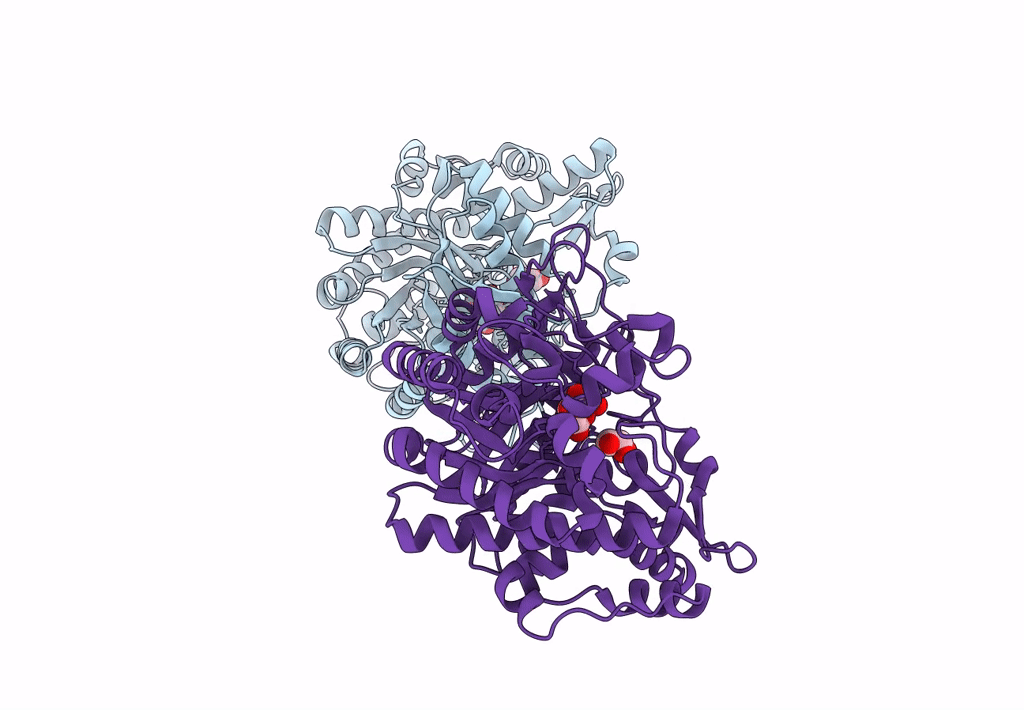
Deposition Date
2023-03-29
Release Date
2023-08-23
Last Version Date
2023-08-23
Entry Detail
Biological Source:
Source Organism:
Acetivibrio thermocellus (Taxon ID: 1515)
Host Organism:
Method Details:
Experimental Method:
Resolution:
1.95 Å
R-Value Free:
0.20
R-Value Work:
0.17
R-Value Observed:
0.17
Space Group:
P 1 21 1


